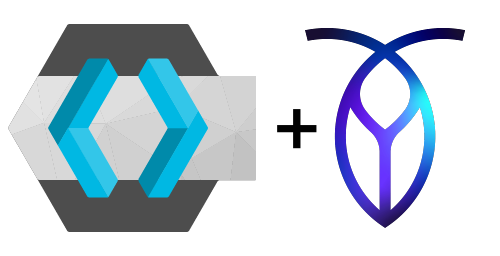Keycloak on CockroachDB: Scalable, Resilient, Open Source, Identity and Access Management

Keycloak has been a leader in the Identity and Access Management (IAM) world since its launch almost 9 years ago. The market for IAM tools had several commercial offerings that failed to meet many business model and price needs, and Keycloak filled the hole with an open-source offering.
Fast-forward to today, Keycloak still leads with mature protocol implementations, hardened security, and a reliable architecture that has been battle-tested for years, under the stewardship of the maintainers at Red Hat. Whether deploying an in-house identity provider, or a user management system for a SaaS offering, Keycloak is an obvious choice.